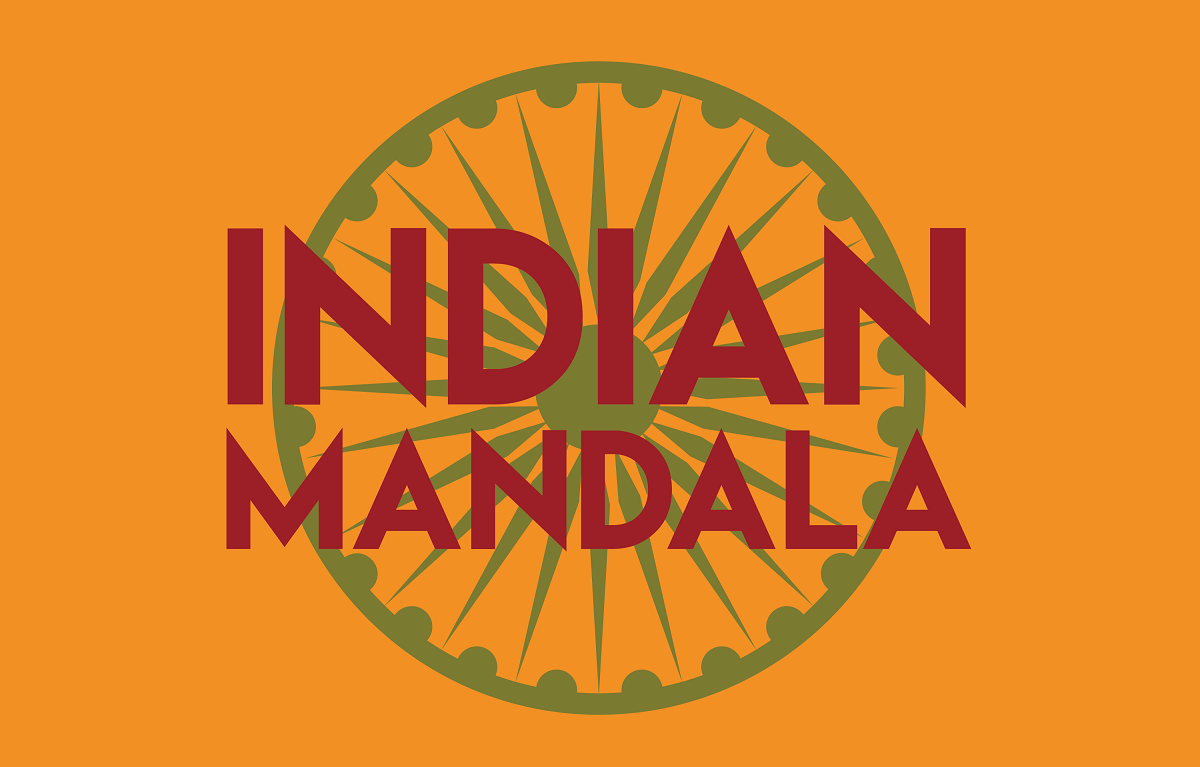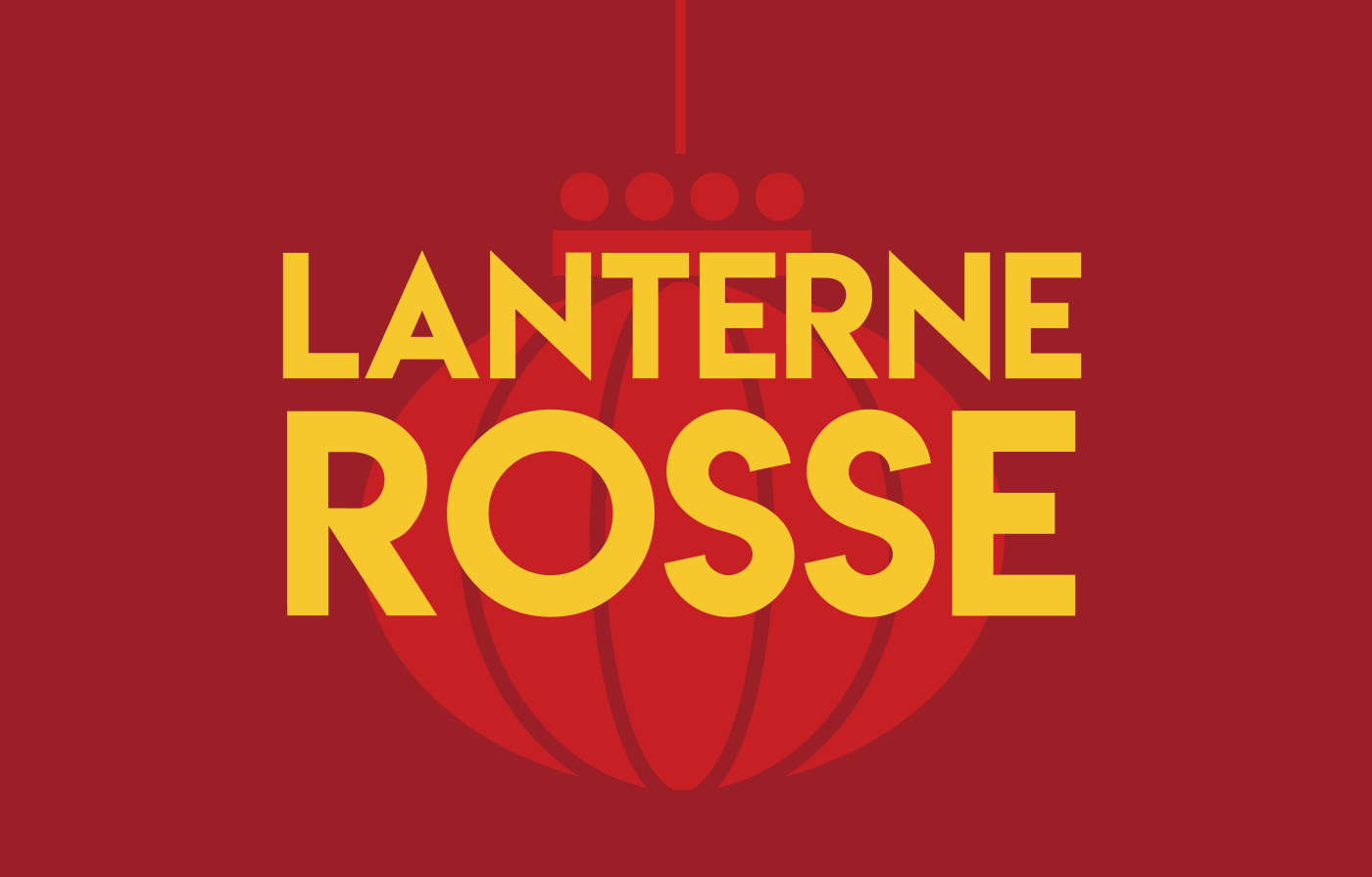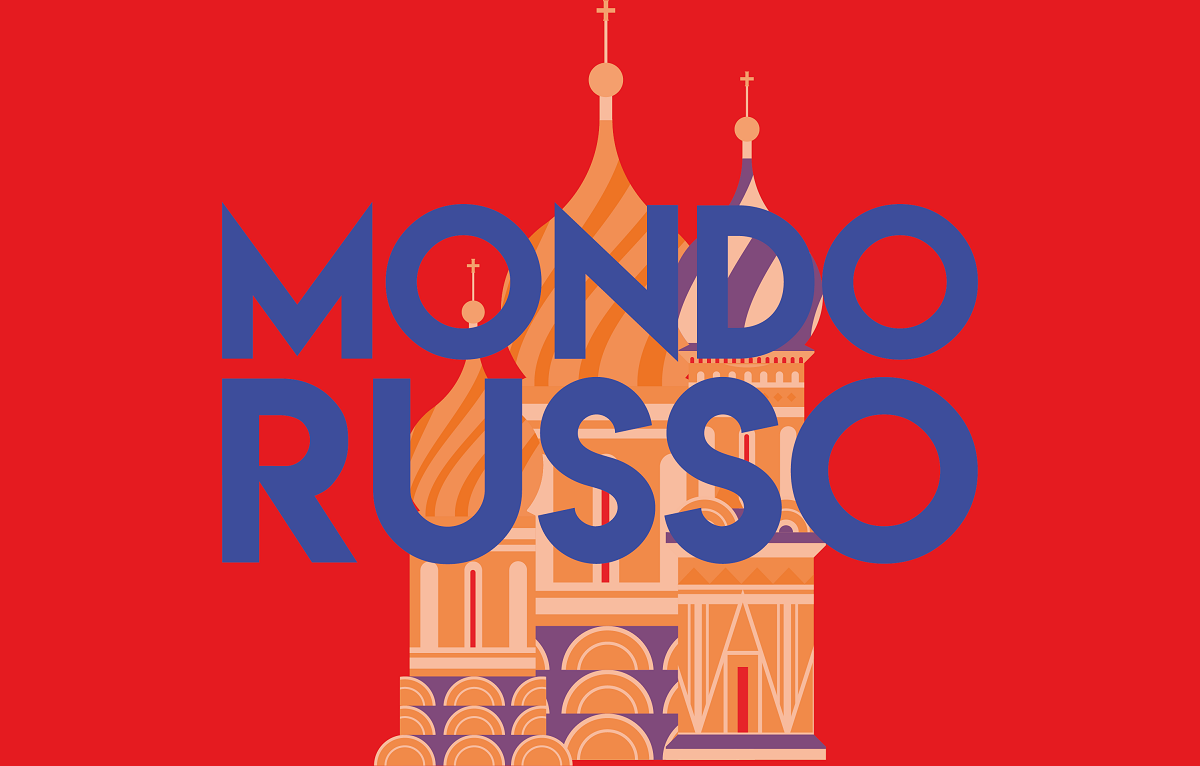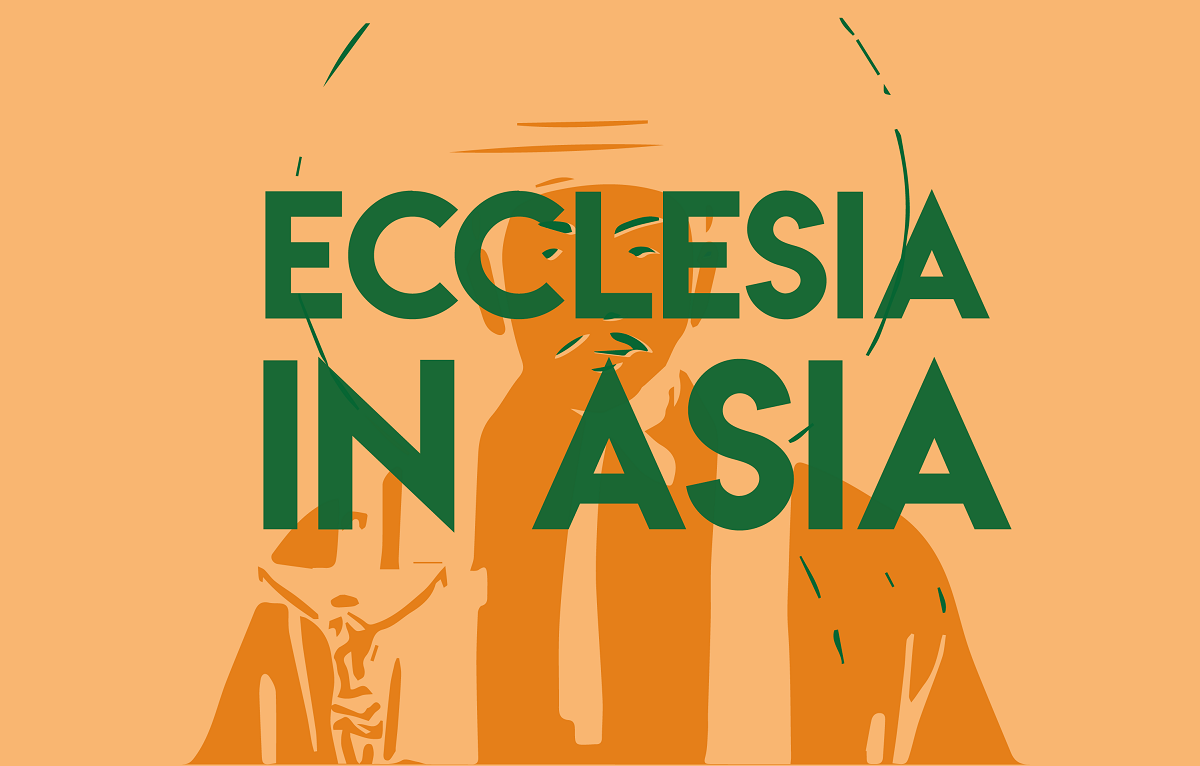Trump's 25 per cent tariffs put pressure on India’s economy, fuels diplomatic tensions
The US president's decision to impose such a high tariff is causing economic and diplomatic upheaval in New Delhi. The measure includes sanctions over India's relations with Russia and its membership in the BRICS group. While the opposition calls it a “catastrophic failure of foreign policy”, the Modi government says it wants to negotiate a "fair deal" again in August. But US aggressiveness is pushing New Delhi to consider a tactical rapprochement with Beijing, while Washington is boosting ties with Islamabad, fuelling tensions in an already fragile regional context.
New Delhi (AsiaNews) – US President Donald Trump's decision to impose a 25 per cent tariff on goods imported from India, effective next week, has sparked a strong economic and diplomatic reaction in New Delhi.
The move, announced via a White House statement after Trump signed an executive order, includes unspecified sanctions for India's relations with Russia and its membership in the BRICS group.
The tariff is harsh compared to what is applied to other US Asian trading partners and could jeopardise not only part of the Indian economy, but also India’s strategic role as a counterweight to China.
On his social media platform, Trump harshly slammed India's economic policies and strategic alignments. “I don't care what India does with Russia," he wrote. “They can take their dead economies down together, for all I care.”
The news of the tariffs and sanctions immediately triggered a strong backlash in India. The opposition called the announcement a “catastrophic failure of foreign policy”. The rupee also fell to its lowest level in over five months, while India's benchmark equity indices, the Nifty 50, fell about 0.6 per cent.
Economists warn that the tariff could significantly impact India's manufacturing ambitions, reducing economic growth by up to 40 basis points in the fiscal year ending in March 2026.
The ICRA rating agency, which had already lowered its forecast for India's GDP growth from 6.5 per cent to 6.2 per cent in anticipation of the tariffs, has now emphasised that the proposed tariff is “higher than what we had anticipated”.
Another rating agency, Nomura, estimates a contraction of 0.2 per cent of the GDP, although the overall economic impact will largely depend on the extent of further sanctions that could target India over its relations with Russia.
The 25 per cent tariff puts India at a competitive disadvantage compared to other nations with lower tariffs, like Vietnam (20 per cent), Indonesia and Malaysia (19 per cent), and Japan (15 per cent).
This risks reducing India's attractiveness as a country to diversify supply chains outside of China. The textile and automotive sectors could be the hardest hit.
Trump's second-term actions, characterised by a purely "transactional" stance, appear to mark a clear break with previous US administrations, which viewed India as a crucial partner in balancing China's rise.
After the announcement, Prime Minister Narendra Modi's government stated that it was evaluating the implications, reiterating its commitment to a "fair trade deal."
Trade Minister Piyush Goyal reiterated that the India is committed “to protecting and promoting the welfare of our farmers, entrepreneurs, and (small and medium-sized businesses)," noting that agriculture, dairy and other politically sensitive sectors have become key sticking points that derailed negotiations in the past.
Despite the deterioration of the relationship between Trump and Modi, India has staunchly defended its historic ties with Russia and its oil purchases, arguing that, as a country dependent on energy imports, it must purchase at favourable prices. The Indian government also emphasised that its dependence on Russian weapons is gradually diminishing.
Given US aggressiveness, it is possible that India may also recalibrate its relations with China despite decades of hostility.
In recent months, numerous high-level diplomatic meetings have taken place between the two countries, including visits to Beijing by National Security Advisor Ajit Doval, Defence Minister Rajnath Singh, and External Affairs Minister Subrahmanyam Jaishankar.
The latter, who had previously tied normalising relations to restoring the pre-2020 border status quo, has recently shown greater openness.
Prime Minister Modi may also visit China in September, signalling his desire to stabilise relations.
Meanwhile, the United States has grown closer to Pakistan, India's archenemy and China's ally, which has found itself with a 19 per cent tariff. Trump also took credit for achieving peace between India and Pakistan after the armed clashes in May, further irritating Indian leaders.
Trade negotiations between India and the United States are set to continue in August, with a US team expected in India. With bilateral trade worth US$ 190 billion, the two countries have a strong interest in restarting talks.
Many hope that the 25 per cent tariff will be temporary and renegotiated at a lower level, perhaps between 15 per cent and 20 per cent, although even this figure would be considered disappointing given the advanced stage of negotiations.
INDIAN MANDALA IS THE ASIANEWS NEWSLETTER DEDICATED TO INDIA. WOULD YOU LIKE TO RECEIVE IT EVERY FRIDAY? TO SUBSCRIBE, CLICK HERE.
21/06/2018 10:23
10/01/2019 14:00







.png)










